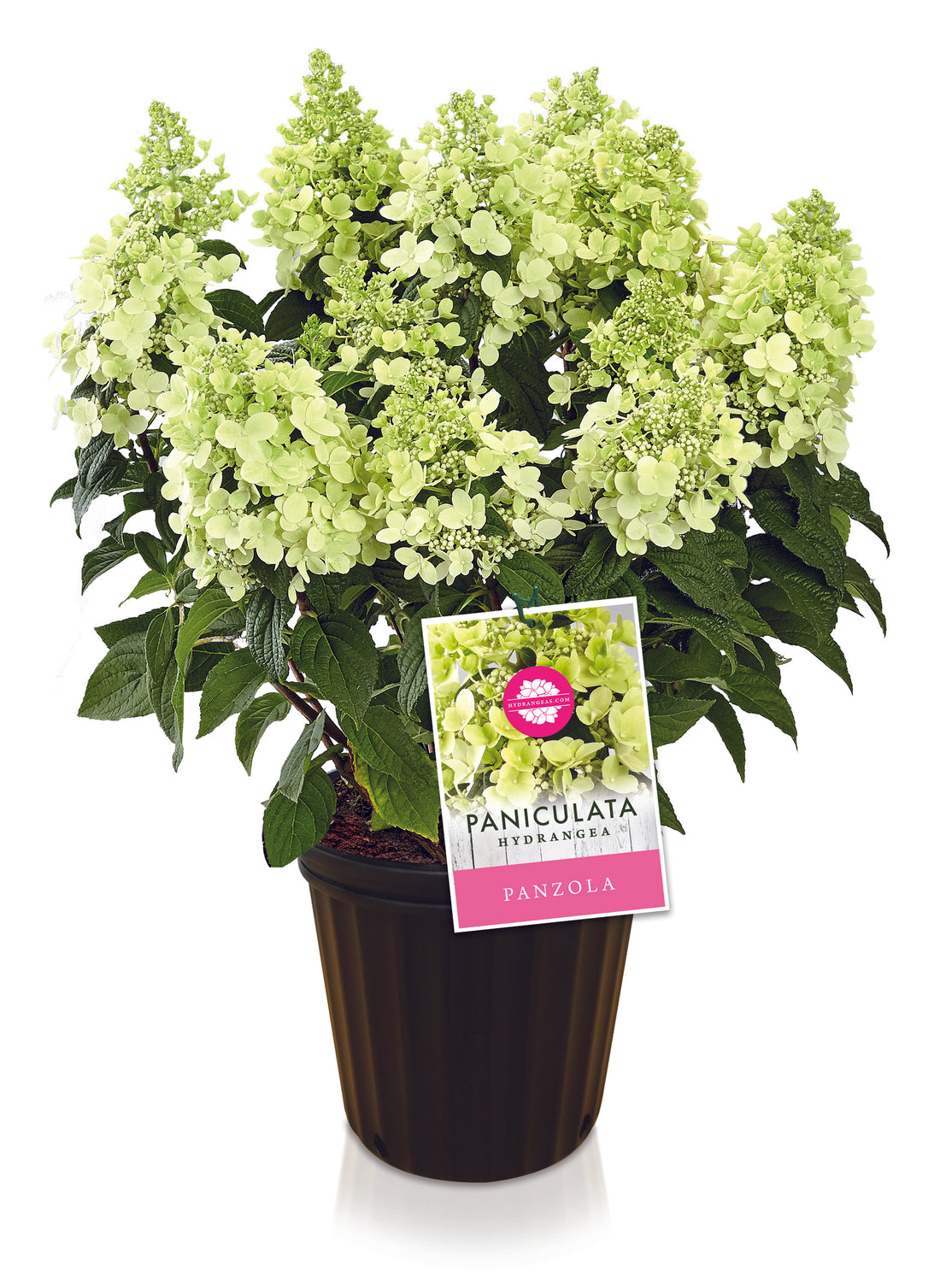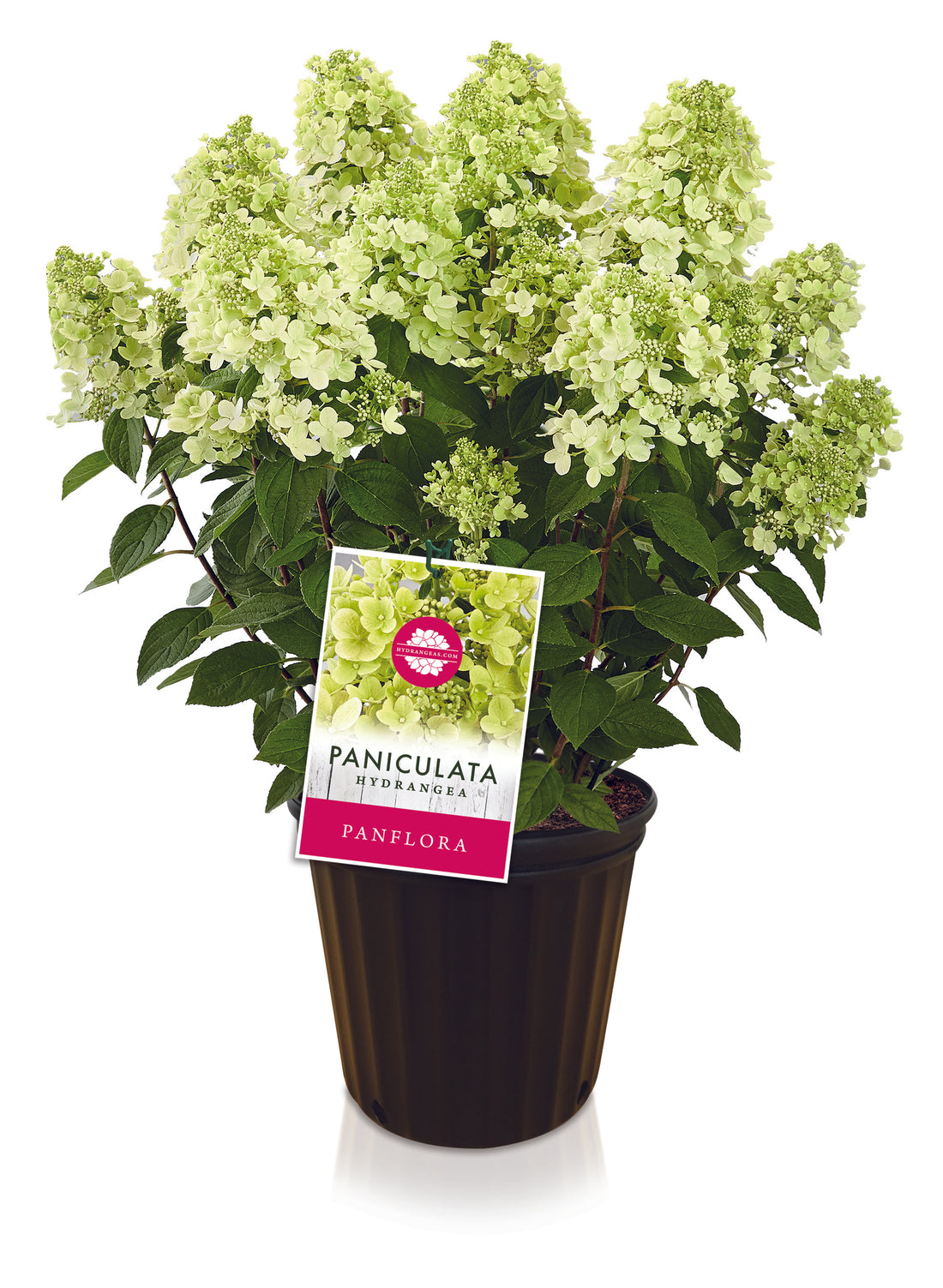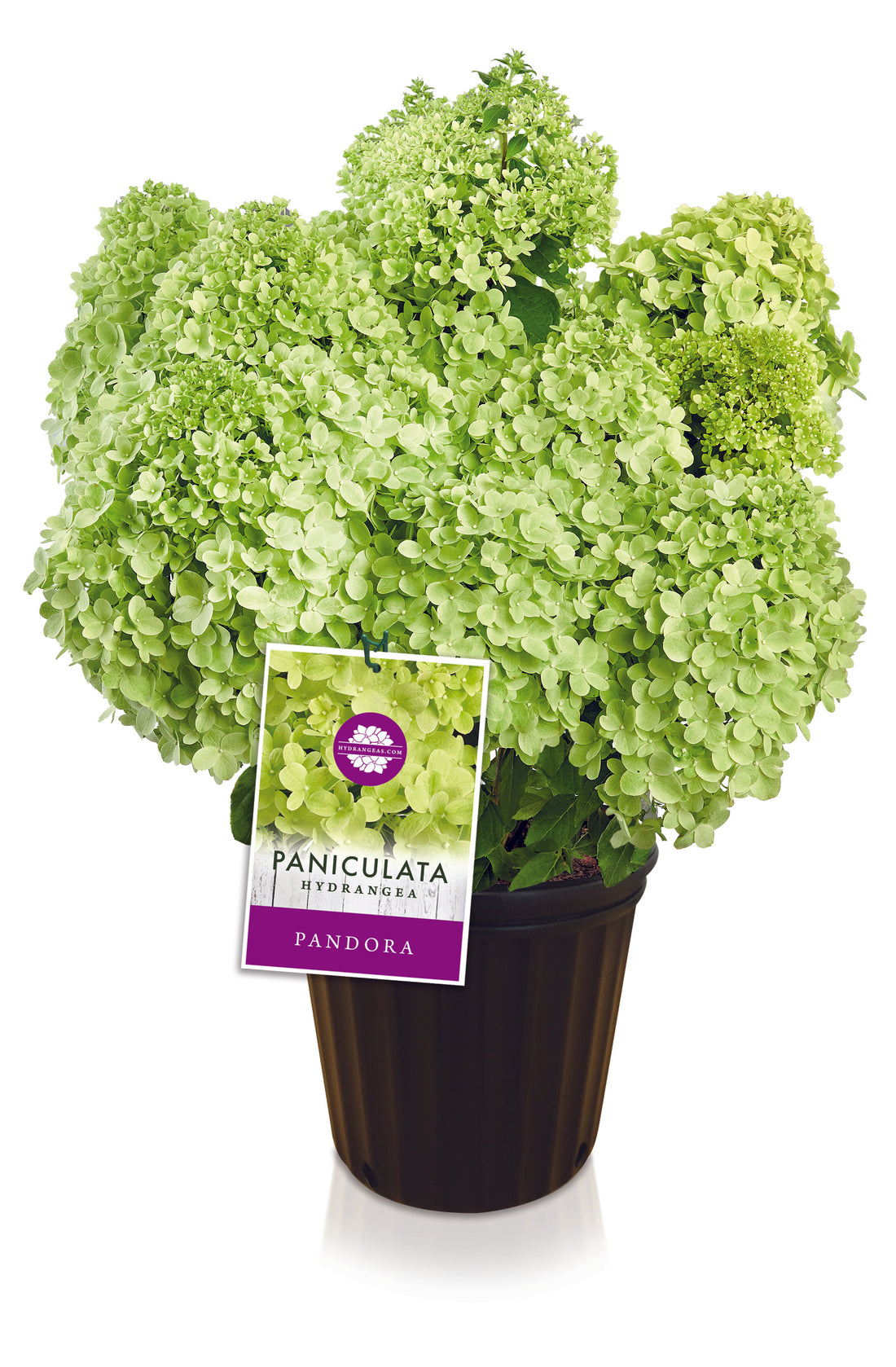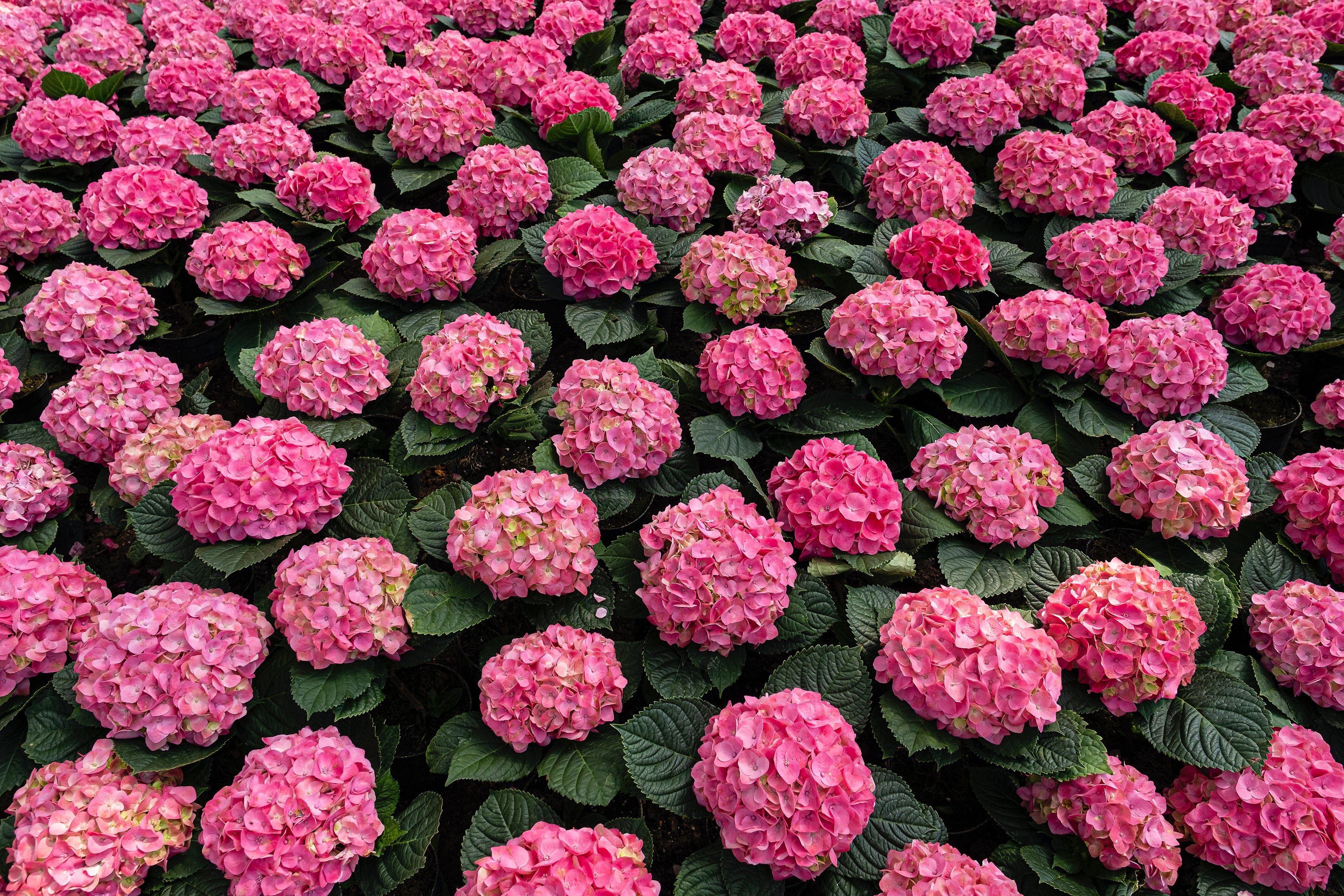Getting Started
-
1. Unpacking and Preparing
Unwrap your hydrangea with care and give it a gentle spritz of water to revitalize after its journey. Remove any damaged or yellowing leaves. Prepare the soil with organic compost, ensuring good drainage for your new hydrangea. Choose a spot that will receive morning sun and afternoon shade to protect it from harsh midday heat.
-
2. Planting with Love
Time to plant your new hydrangea with love! Dig a hole twice the size of the root ball, and place the hydrangea in the hole. Position it at the same level as it was in the pot. Fill the hole with soil, gently patting it down to remove air pockets. Water the plant thoroughly to help it settle into its new home.
-
3. Watering and Early Care
Hydrangeas love hydration! Water your new plant regularly, keeping the soil consistently moist. Provide about 1 to 2 inches of water per week during dry spells. Use a soaker hose or drip irrigation to water at the base of the plant, avoiding wetting the foliage. Mulch around the plant to retain moisture and prevent weeds.
-
4. Watch it Grow
Witness the magic of nature as your hydrangea grows and blossoms before your eyes. From buds to full-blown beauty, each stage is a wonder to behold! Deadhead spent blooms to encourage new flower production and maintain a tidy appearance. Keep an eye out for pests and diseases and take prompt action if needed.
Expert Care Tips
-
1. Sun, Shade, and Everything in Between
Finding the perfect balance of sunlight and shade is essential for happy hydrangeas. Most varieties prefer morning sun and afternoon shade to prevent wilting. For varieties that thrive in full sun, ensure they receive at least 6 hours of direct sunlight daily.
-
2. Watering with a Green Thumb
Water deeply at least once a week, allowing the soil to dry slightly between waterings. Use a rain gauge to measure rainfall and supplement with additional water as needed.
-
3. Fertilizing for Flourishing Blooms
Feed your hydrangeas with the nutrients they crave for a bounty of blooms. We recommend using a balanced, slow-release fertilizer once a month during the growing season. Apply a phosphorus-rich fertilizer in early spring to promote strong root development and flower bud formation.
-
4. Pruning: A Gardener's Dance
Pruning is like a dance with your hydrangeas. Learn the graceful steps to encourage new growth, enhance flowering, and create a harmonious garden. Deadhead spent blooms and shape the plant after the flowering season. For bigleaf and oakleaf hydrangeas, avoid pruning until after the second year to ensure they establish a strong root system.
-
5. Pruning: A Gardener's Dance
Pruning is like a dance with your hydrangeas. Learn the graceful steps to encourage new growth, enhance flowering, and create a harmonious garden. Deadhead spent blooms and shape the plant after the flowering season. For bigleaf and oakleaf hydrangeas, avoid pruning until after the second year to ensure they establish a strong root system.
Featured collection
-
Panzola Paniculata
 Panzola Paniculata
Panzola Paniculata- Regular price
-
$49.99 - Regular price
-
$54.99 - Sale price
-
$49.99
Quick view
-
Panflora Paniculata
 Panflora Paniculata
Panflora Paniculata- Regular price
-
$49.99 - Regular price
-
$54.99 - Sale price
-
$49.99
Quick view
-
Pandora Paniculata
 Pandora Paniculata
Pandora Paniculata- Regular price
-
$49.99 - Regular price
-
- Sale price
-
$49.99
Quick view





